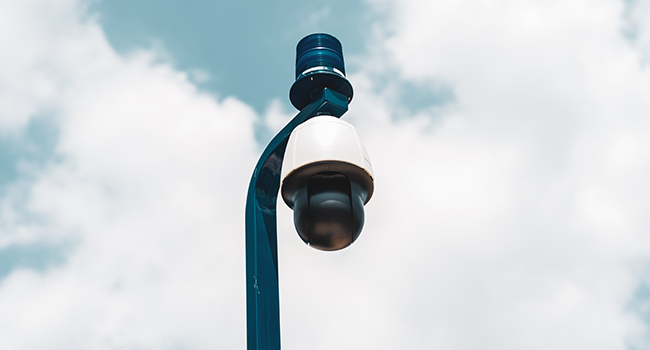
UC Davis Installing More Emergency Call Stations
Each of the new call stations is easily accessible by patrol car, allowing police officers quick access to help those who make the calls. The phones in the new call stations will connect with police dispatch via the internet.
- By Jessica Davis
- November 09, 2018
University of California, Davis is increasing the number of blue-light, emergency call stations on campus. A second set of call stations will be installed at four points in the central campus.
The first round of call stations was installed two years ago. Seven of them are located along arboretum paths and one is in UC Davis West Village.
The call stations offer reassurance to students that help is just a call away in an emergency, according to Jeff Rott, security director with the Police Department. “And our students have been asking for more,” he said.
UC Davis Police, Risk Management and Emergency Services secured $100,000 in funding for the new call stations through the University of California system’s Violent Acts Mitigation program. Further grant funds may be available in the new four years for use on other campus security projects.
Rott and other safety officials looked toward the campus core when thinking of possible locations for the new call stations. They also consulted with students, including asking volunteers for the Campus Safety Lighting Walk last January where they would place new blue-light call stations.
Each of the new call stations is easily accessible by patrol car, allowing police officers quick access to help those who make the calls. The phones in the new call stations will connect with police dispatch via the internet.
All call stations on the campus include a motion-activated camera to allow dispatchers to see what’s happening when they receive a call and let officers know what kind of situation they’ll find as they respond. Dispatchers can also activate the cameras at any time to see everything within range, which can be useful if there’s a report of suspicious activity nearby.
Rott estimated that the call stations will be in operation by the end of the year.
About the Author
Jessica Davis is the Associate Content Editor for 1105 Media.